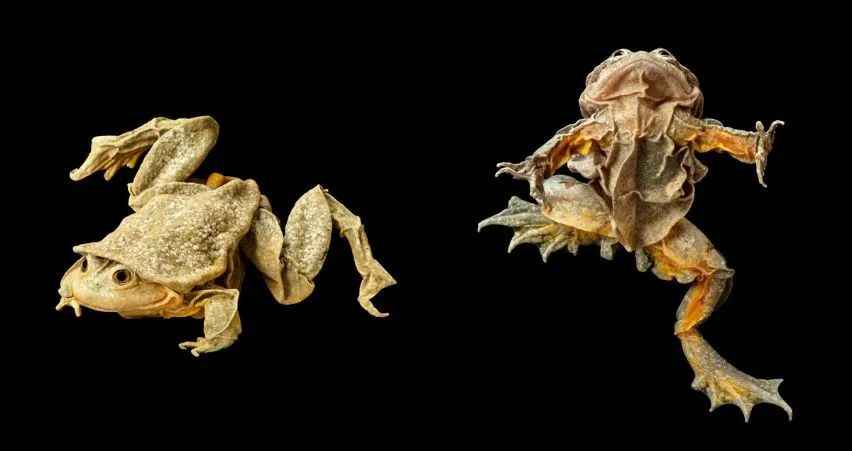Nestled in Lake Titicaca, straddling the border of Peru and Bolivia at over 3,800 meters above sea level, the frog endures an environment where oxygen is scarce—far less abundant than in lower-elevation waters. For most aquatic species, this would spell disaster, but the Titicaca water frog has developed a clever solution: an elaborate network of skin folds that crinkle across its body, earning it the nickname "the Shar-Pei of the Andes" for its resemblance to the wrinkly dog breed.
These specialized folds dramatically increase the frog’s surface area, a crucial adaptation for a species that relies heavily on cutaneous respiration—breathing through its skin. In oxygen-poor waters, this expanded surface area allows the frog to absorb more oxygen from the surrounding water, compensating for the thin atmosphere at high altitudes.
Despite this remarkable evolutionary trait, the Titicaca water frog faces severe threats to its survival. Overfishing, pollution from agricultural runoff, and habitat destruction have decimated populations. Additionally, illegal harvesting for traditional medicine and the pet trade has further pushed the species to the brink.
Conservation efforts are underway, including protected area designations and captive breeding programs, but experts warn that urgent action is needed to prevent the frog’s extinction. As a unique symbol of high-altitude adaptation, the loss of Telmatobius culeus would represent not just the disappearance of a species, but the erasure of millions of years of evolutionary ingenuity.

